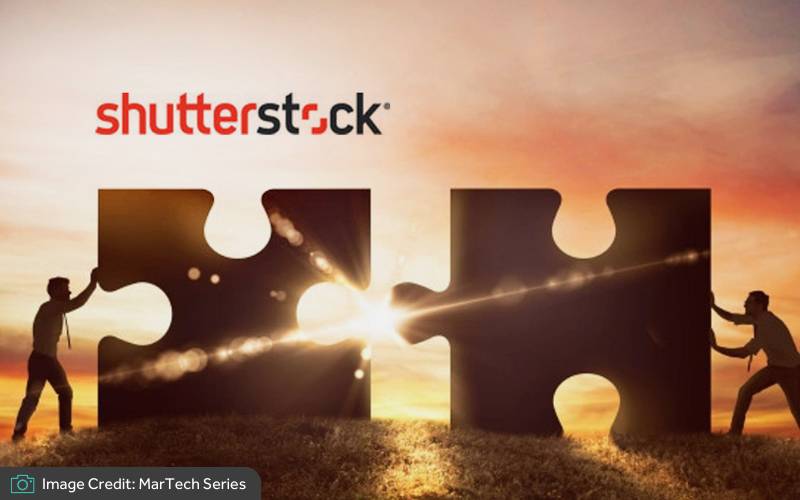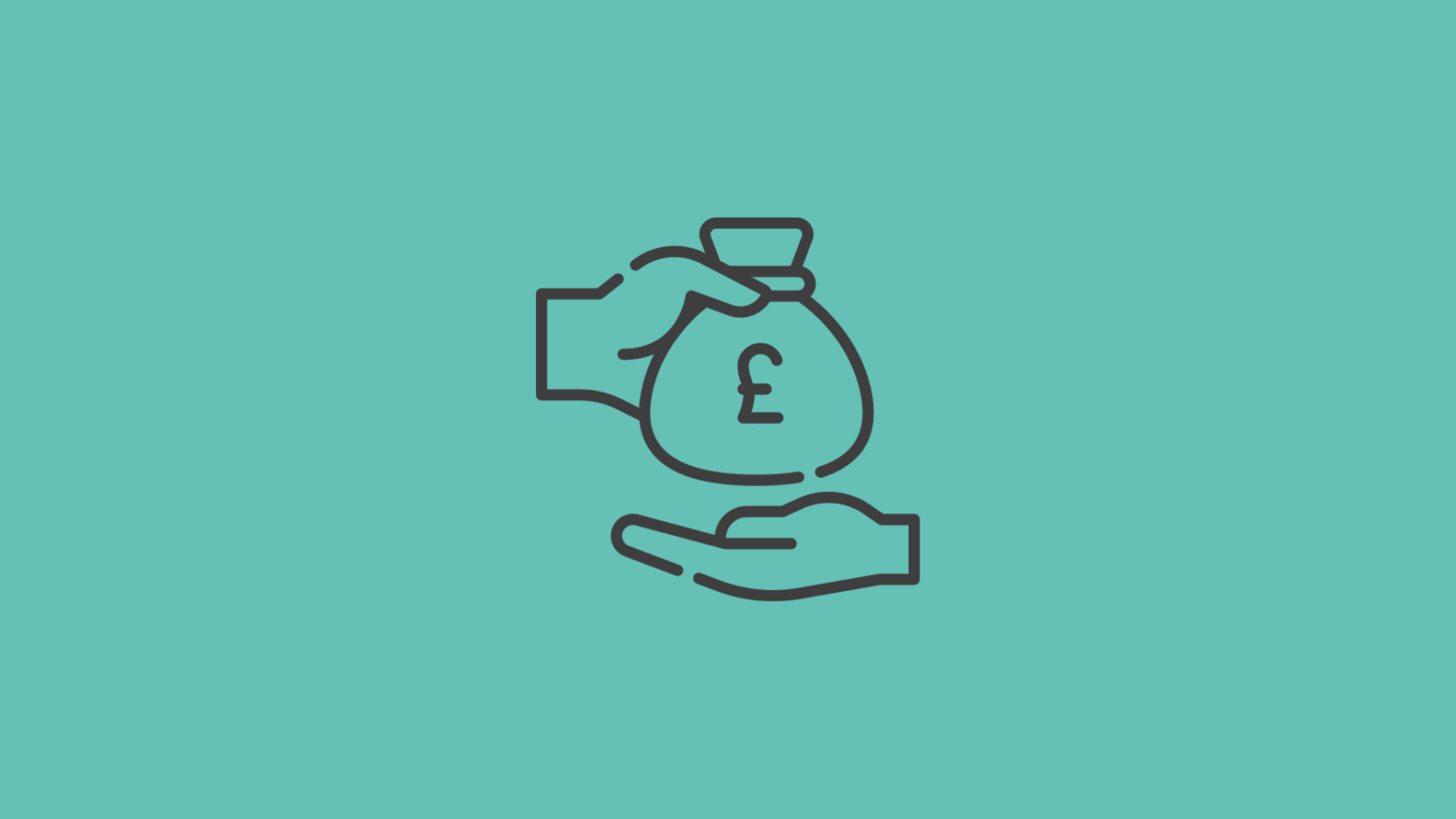

What You Should Know About Bootstrapping Phase
21st July 2022
Bootstrapping is the earliest phase of an entrepreneur’s fundraising journey. In fact, it doesn’t usually involve raising external funds at all, because the bootstrapping phase is typically solely self-funded.
It’s the time when you’ll be testing your idea, proving your concept, and might even be creating a very basic prototype. It’s also the time when you may decide to bring somebody else in as a co-founder, someone who shares your vision and complements your skill set. But you don’t have to do that. If you prefer to go it alone and you’ve fine-tuned your offering into an opportunity no prospective investor will want to miss, having a co-founder isn’t necessary to convince investors.
Having a co-founder to help persuade an investor to give you the benefit of the doubt if your pitch isn’t a hundred percent perfect won’t help either. In our experience, you should only invite a co-founder on board when their talent and enthusiasm match your own and they show strengths that will benefit your business and make you a more formidable team. If not, it’s advisable to keep developing your business alone.
What you need to know about bootstrapping in business
Bootstrapping is when an entrepreneur founds and runs their company using only their own personal savings, sweat equity, and operating revenue to make it happen. They’ll usually be doing everything they can to raise enough money to keep their business afloat, including having a second job.
Related: SEIS vs EIS Explained: What Every Investable Entrepreneur Needs to Know
Bootstrapping can be incredibly financially risky and there’s every chance that self-funding won’t provide everything you need to get your product ready to make it big in the market. That’s why it’s imperative to get through the Bootstrapping phase as quickly as possible so you can raise the investment that will allow you to fully commit to your idea.
Having said that, there are some founders who have stayed in the bootstrapping phase for many years and come out the other side with ultra-successful businesses. The e-commerce platform Shopify is one such example.
Why would Shopify’s founders have chosen to stay in the bootstrapping phase for so long? There could be hundreds of reasons, but among them is the fact that bootstrapping gives the founder complete freedom and control to make their own decisions because they don’t have any outside investors to answer to. Also, because bootstrapping means they keep complete ownership in the company, it can give founders an enormous advantage when it’s time to grow their business long term.
What does bootstrapping involve?
This is the time to develop your product or service, research your market, test it, and get all the elements of your pitch in place – including a viable business plan – to eventually show investors that your business is sustainable.
Like most entrepreneurs, you’ll want to get through this phase as quickly and painlessly as you can. You might be tempted to cut corners, ignore critical feedback, and keep ploughing ahead with your idea, thinking you’ll iron out any issues later.
This is when you’ll have to show self-leadership, the essential quality that every investable entrepreneur needs before they can even think of running a dynamic business and leading others.
Don’t forget that, when the time comes to seek investment from an angel or VC, they’ll expect you to show them proof that your idea is as safe as possible to invest in. The bootstrapping phase is the time to start putting that all-important proof together and working on all the other ways to gain your prospective investor’s trust.
What to Watch Out for When Bootstrapping
Because bootstrapping a startup tends to burn through capital extremely quickly, some founders have tried to short-cut the process by taking pre-orders for their product to generate cash flow fast. This can be a dangerous thing to do because if there’s a problem delivering the product, or if the product fails, the founder can end up paying back a lot of money (which they’ve probably already spent) and the negative word-of-mouth will almost certainly kill their business before its even begun.
When you’re in the bootstrapping phase, and your funds are running low, hold your nerve. Don’t be tempted to solicit pre-orders or push your product or service out to generate funds unless you’re certain it’s ready to go and you have a watertight strategy in place for when the teething problems inevitably happen.
Companies that Succeeded with Bootstrapping
1. GoPro
GoPro started out as a bootstrap company whose founder, Nick Woodman, backed with his own personal savings and a $35k loan from his parents. Ten years later, the Taiwanese electronics company Foxconn invested $200m in the company and GoPro eventually went public with close to a $3bn valuation.
2. Gymshark
The e-commerce fitness clothing brand Gymshark was founded in 2012, when entrepreneur Ben Francis used his mother’s garage to ship products. Gymshark was entirely bootstrapped for the next eight years, despite being recognised in 2019 as the private company in the UK with the fastest-growing profits (its revenues exceeded €295m). In 2020, Francis sold a 21% stake in the company at a unicorn valuation.
3. Wayfair
The founders of Wayfair, Niraj Shah and Steve Conine, really thought outside the box when they bootstrapped their company. Because they didn’t want to haemorrhage money on advertising their new e-commerce company, they bought a series of domain names that matched commonly used search terms and used those domains to redirect people straight to their online shopping site. Today, their company is valued in excess of $6bn and has more than 14 million products on the platform.
4. Shutterstock
Shutterstock began when an amateur photographer called Jon Oringer put 30000 of his photos online and charged subscribers $49 a month for unlimited use of them. Nine years later, Oringer’s company IPOed with a $2bn valuation.
5. Culture Trip
Culture Trip is a travel e-commerce brand that was founded in London in 2011 and bootstrapped for the next four years. During that time, the founders focused on developing and testing their product until it went viral and they could show investors explosive growth. Since then, they’ve gone on to raise €87.5m in investment.
6. Shopify
Shopify was the brainchild of two frustrated entrepreneurs who wanted to sell snowboarding equipment online but couldn’t find an existing e-commerce product that met their needs. So, they built their own e-commerce platform from the ground up and bootstrapped it for six years before raising a Series A investment and going on to IPO.
Bootstrapping for Business: Tips and Tricks
- Use this phase to develop and test your product or service, research your market (including your competitors), and prove your concept.
- If you decide to bring in a co-founder, this is the time to do it, so you can both make your offering as strong as possible before raising your investment.
- Don’t panic when your finances get low, and don’t be tempted to push your product out to market before it’s ready just to generate funds.
- Use your resources carefully and be creative.
If you want to learn more about the ‘Investable Entrepreneur’ journey, you can download a free copy of James Church’s best-selling book here.
UP NEXT:
Raising Pre-seed Investment: How to Prove Your Concept to Investors
Startup Fundraising | How Does Crowdfunding Work?
Dissecting Unicorn Startups: What Makes a Billion-Dollar Business?
Learn how to convince investors
Investable Entrepreneur takes you through our winning methodology – the process we use to increase our client’s chances of raising investment by more than 30x.
“This book will help you translate your entrepreneurial vision into something investors can get behind.”
Daniel Priestley, CEO and founder, Dent Global and four times best-selling business author
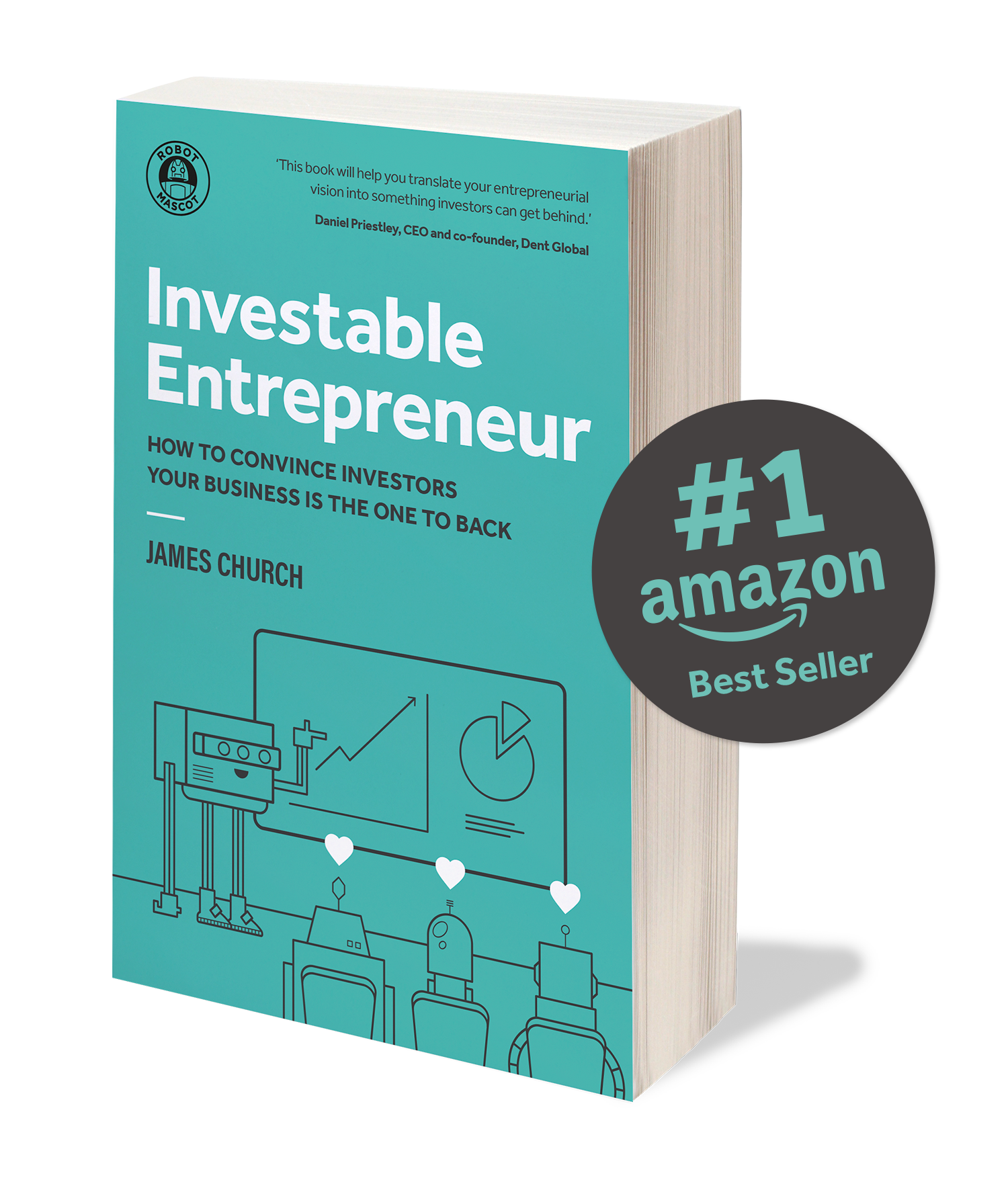
Keep up to date with what we’re up to via email


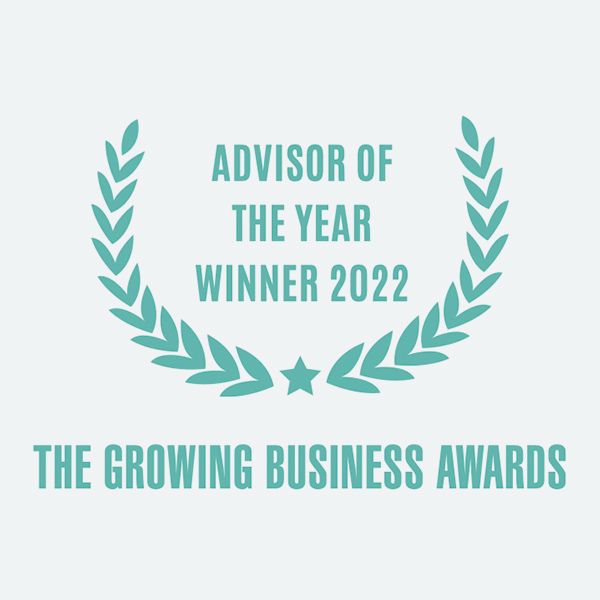
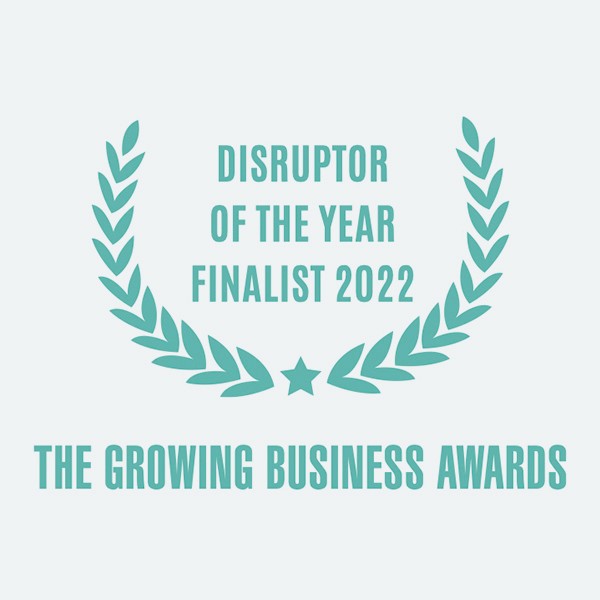


Copyright ©Robot Mascot Ltd. All rights reserved.







